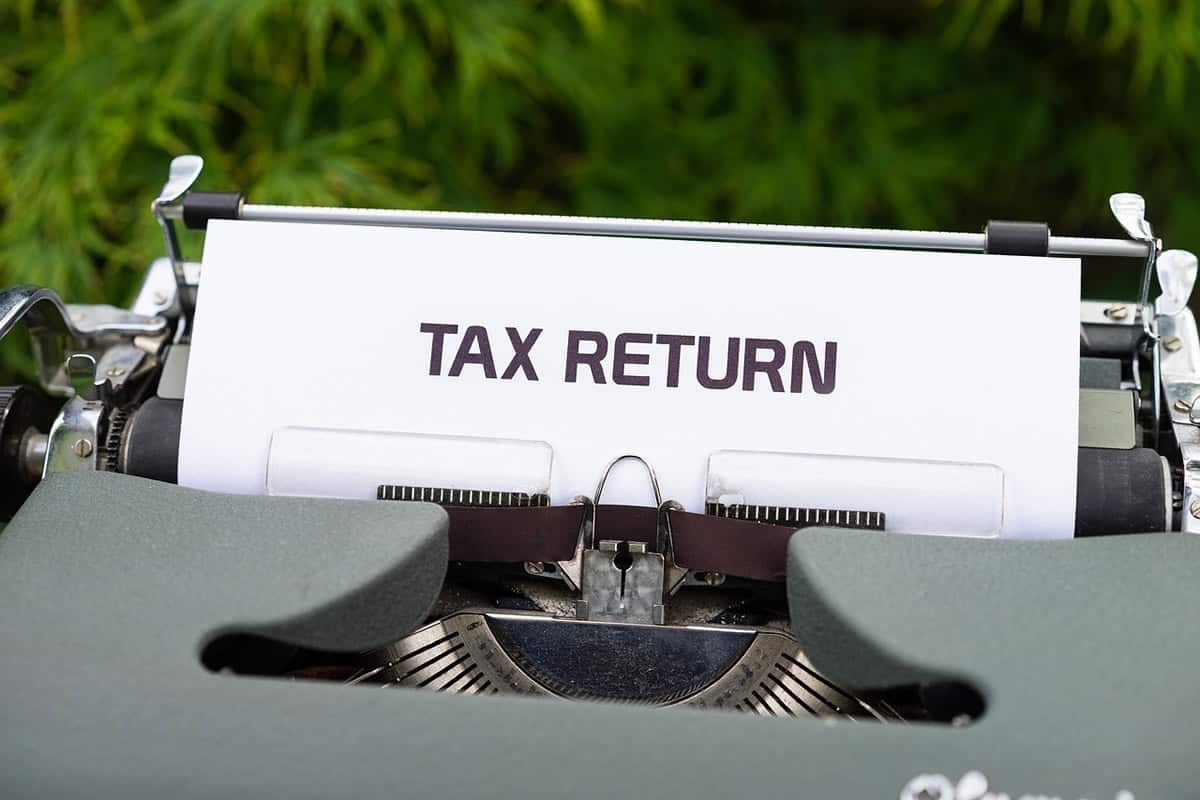The UK government’s Making Tax Digital (MTD) initiative was first announced in 2015 and represents a significant shift in how landlords must report and manage their tax obligations. Designed to modernise the tax system, MTD aims to make it easier for businesses and individuals to keep accurate records and submit returns online. It is also part of the Governments plans to reduce the “tax gap” which is the difference between the amount of tax that should in theory be paid to HMRC and the actual amount they receive.
While the objectives may seem straightforward, the reality for many DIY landlords is that these changes will add new layers of complexity, administrative burden, and potential costs.
MTD applies to the landlord owning the property individually, in a partnership, or jointly with others if the property income exceeds the threshold. The income threshold applies to each landlord separately, not per property or portfolio.
In this blog, we’ll explore the challenges MTD presents for landlords, highlight the risks of non-compliance.
Understanding Making Tax Digital (MTD)
MTD is a government-led initiative requiring landlords earning above a set threshold to maintain digital records and submit their tax returns digitally via compatible software. For landlords with annual rental income exceeding £50,000, MTD for Income Tax Self-Assessment (MTD for ITSA) is due to come into effect from April 2026, with those earning above £30,000 following in April 2027 and £20,000 from April 2028.
What does MTD mean for landlords?
Landlords affected by MTD for income tax will have to use government authorised compatible software to keep digital records of their property income and expenses. If you’re a landlord and also a self-employed business owner, you’ll have to keep separate digital records of your business and property finances.
Affected landlords and business owners will also need to send a summary of their business income and expenses to HMRC using compatible software.
Annual tax returns will be replaced with quarterly updates and a ‘Final Declaration’.
The deadlines for submitting these will be the same for everyone who has to follow MTD for income tax rules. From 6th April each year from 2026 onwards, these deadlines will be:
- 7th August
- 7th November
- 7th February
- 7th May
At the end of the tax year, landlords affected by MTD for income tax will need to finalise their property income by submitting a final declaration to HMRC. This declaration replaces the current annual Self-Assessment tax return and will be required to be submitted by 31st January to confirm the accuracy of records and to claim any allowable expenses or reliefs.
The process of submitting a final declaration allows a landlord to confirm that the updates sent to HMRC throughout the tax year are correct. It also gives an opportunity to add details about any relevant personal income or tax reliefs received during the tax year, and to make other necessary adjustments.
Key challenges landlords may face under MTD
- Increased administrative burden:
- Landlords must transition from paper-based or spreadsheet records to specific authorised digital platforms. This requires adopting MTD-compliant software and ensuring ongoing, accurate record-keeping.
- Higher costs:
- Investing in new software and potentially hiring tax professionals increases operating expenses. The shift to quarterly reporting adds further costs in terms of time and resources.
- Complexity in compliance:
- Keeping up with quarterly submissions, digital deadlines, and HMRC’s evolving guidelines increases the risk of errors and non-compliance, which could lead to penalties. If a property is co-owned with one or more partners (e.g., spouse, business partner, etc.), the owners will need to report their share of income or expenses separately under MTD.
- Time-consuming processes:
- For DIY landlords managing properties alongside other commitments, keeping up with these new digital obligations may become an overwhelming administrative task.
- Penalties for non-compliance
- HMRC is introducing a new penalty regime to support MTD from April 2026. There will be a points based system for late submissions where a missing quarterly or annual submission will result in a penalty point. The Government website says “Once a points threshold is reached, a financial penalty will be imposed. Additionally, new late payment penalties will be more proportionate, charged at different rates based on when the outstanding amount is paid.”
Are there any exemptions?
Some landlords may be exempt from the Making Tax Digital requirements. For example, landlords who run their property business through a limited company won’t be affected and will continue to pay corporation tax as usual.
The government has confirmed it will introduce new legislation by April 2026 to clarify further exemptions. These will apply to certain groups of taxpayers who may face “disproportionate barriers” to complying with MTD.
According to the latest guidance, the exemptions may include customers with a Power of Attorney or taxpayers for whom HMRC cannot provide a suitable digital service, among others.
Final thoughts
The biggest challenge facing landlords will be ensuring their record-keeping meets HMRC’s new digital standards. Landlords must be proactive in adapting to the MTD framework. Failure to comply could result in fines and increased scrutiny from HMRC. Implementing compliant software early and working with professionals can ease the transition and reduce the risk of costly errors.
We will be looking into all of this and how a professional agent may be able to help landlords meet their obligations in a later blog.











